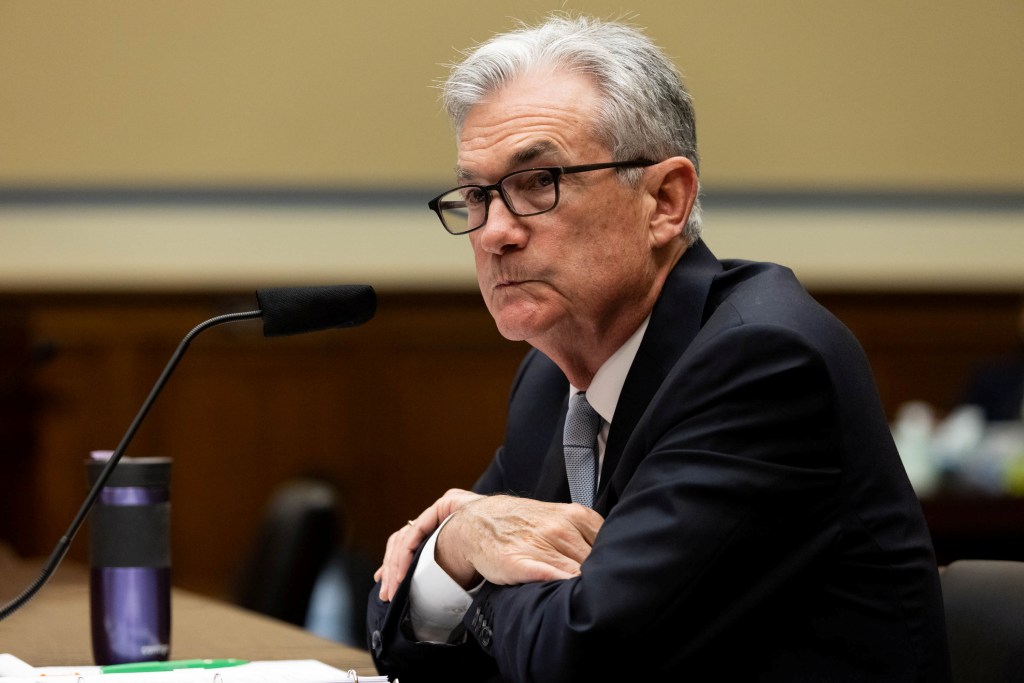WASHINGTON (AP) — Federal Reserve Chair Jerome Powell said Tuesday that he expects recent price spikes will soon subside and reduce inflation to a sustainable level.
Consumer prices jumped 5% in May compared with a year earlier, the largest increase in 13 years. But Powell said the increase mostly reflected temporary supply bottlenecks, and the fact that prices fell sharply last spring at the onset of the pandemic, which make inflation figures now, compared with a year ago, look much larger.
“As these transitory supply effects abate, inflation is expected to drop back toward our longer-run goal,” he said in testimony prepared for a congressional oversight panel.
Powell’s comments come at a time that financial markets are struggling to interpret the Federal Reserve’s recent moves. Last week Fed officials signaled that they may increase the central bank’s benchmark interest rate twice in 2023, an earlier time frame than they set out in March, when no rate hike was expected until after that year.
Powell also said the Fed had formally begun discussing when and how the central bank might reduce the current $120 billion a month of Treasurys and mortgage-backed bonds that the Fed is purchasing each month. Those purchases are intended to keep longer-term interest rates lower to encourage more borrowing and spending.
Both moves were seen as evidence that the Fed wanted to indicate it was prepared to keep inflation in check without initially taking any steps to pull back on its efforts to stimulate the economy.
But Powell also emphasized at last week’s press conference that Fed policymakers were still not even discussing a rate hike, with the economy far from fully healed. And the Fed has said it won’t begin actually reducing its bond purchases until the economy has made “substantial further progress” toward its goals of full employment and inflation on track to stay slightly above 2%.
“We are a ways away from substantial further progress, we think,” Powell said last week. “But we are making progress.”
Some Fed officials are not completely convinced that inflation is temporary. St. Louis Fed President James Bullard said Monday that the economy is in unprecedented territory, making it hard to know where inflation will go next, but added that, “we have to be ready for the idea that there are upside risks to inflation, (it) could go higher” than the 2.5% rate he has forecast for next year.
Yet other officials echoed Powell’s views on inflation. On Monday, New York Federal Reserve Bank President John Williams, who also serves as vice chair of the Fed’s policymaking committee, said that he expects recent price spikes will prove temporary.
“I expect that as price reversals and short-run imbalances from the economy reopening play out, inflation will come down from around 3% this year to close to 2% next year and in 2023,” Williams said.

